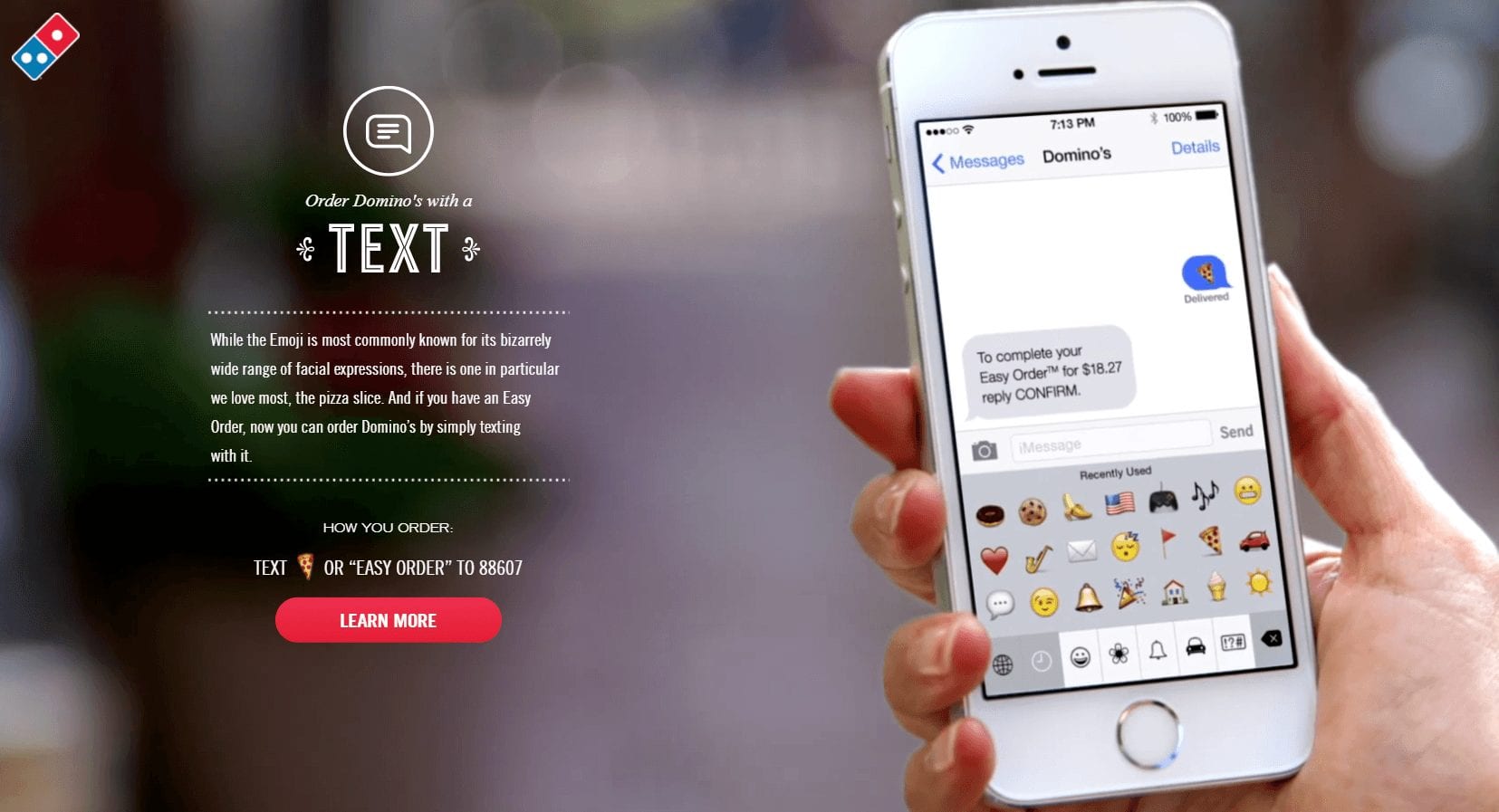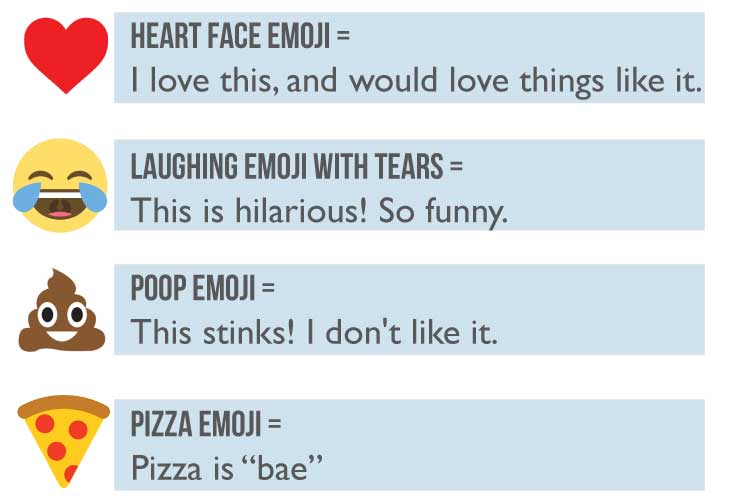92% of the online population uses emojis – smart marketers are taking note
Visual language is a part of our daily lives. That includes billboards plastered along highways, urban artwork all over the city, and, our personal favorite, the common emoji. According to PR Week, “Four in five 18 to 65 year olds use emojis on a regular basis, while 72% of 18 to 25 year olds find it easier to express emotion through emojis than written word.” What does this trend mean for the future of your digital marketing strategy?
The rise of emojis in brand campaigns
The growth of smartphone ownership along with mobile messaging and the social media boom have dramatically exploded the digital advertising landscape. Social media ad revenue stands at $32.97 billion dollars in 2016, and there are 1.79 billion monthly active Facebook users and 2.6 billion smartphone users worldwide. To adapt to these overwhelming trends, brand agencies are developing tactical, know your audience methods to pierce the market. Among those methods is emoji application.
Domino’s Pizza is one of the first prominent corporations to launch an emoji-based campaign. Using the tremendous popularity of the cutesy characters alongside familiar young stars such as Sarah Hyland of Modern Family, actress Eva Longoria, and NFL Super Bowl champion Richard Sherman, the pizza chain launched its “Domino’s AnyWare” campaign that allowed customers to order pizza by simply tweeting an emoji.
Taco Bell jumped into the emoji fray by starting a successful petition to develop a taco emoji. And the World Wildlife Fund conducted a fundraising campaign called #EndangeredEmoji on Twitter, featuring 17 emojis representing endangered species.
What digital marketers can learn from emoji marketing
The above examples are simply a snapshot of another evolution in digital marketing. Language and communication shifts and a form of sentimental tracking will be vital in this new wave of communication. Here are a few takeaways about the digital side of branding-related strategies:
1.Break out behaviors of search and shopping habits by analyzing the generation

Get to know your younger audience, especially Generation Z. Advertisers are falling behind with knowing how to connect with these vital groups.
According to the US Chamber Foundation, the Millennial generation (ages 13-32) is “technically savvy, almost as if it has a digital sixth sense. A wired, connected world is all that Millennials have ever known.” And Generation Z is following closely behind. During your keyword research/persona mapping phase, start considering what generation your product or service is resonating with, and then break them down into further persona-based groups. Analyze how the majority of a generation communicates and searches online. Do they research more on social media, Amazon, or Google? Find the answers and build out from there.
2.Emoji intent = User intent
Intent, intent, intent. Creating an organic campaign is no longer about selecting keywords, it’s about the intent of those keywords, and if they really home in on the audience. Emoji examples include:
3. Humanize your message through a personable and understandable user experience
According to the Emoji Consumer Science Team, 92% of the online population uses emojis. Does that mean you need to barrage your audience with these symbols just because they use them? No. Emoji-stuffing comes across as unnatural, inauthentic, and like you have no idea what you’re doing because… well, you don’t.
You should apply the same methodology to your website experience. Today’s Internet user has a symbiotic relationship with the web. We’re in an era where children can unlock their parents iPhones before they can even walk or talk. Users know when a website is deliberately trying too hard to resonate with them. User experience ultimately ties into how a visitor will emotionally feel about your website.
Here are a few quick questions to ask yourself when evaluating websites:
- Does this website make me frustrated?
- Do I feel sad/happy/angry/indifferent when visiting this website, and should I be feeling that way?
- What about this website makes me feel this way (colors, imagery, etc.)?
- Did I find what I was looking for easily?
The bigger picture: The next evolution for marketers is language
That annoying “texting teenager” of years past is now a consumer who spends very real dollars in this economy with a share that is growing rapidly. Finding ways to successfully connect with this generation, whether it’s through emojis or other methods, will ultimately start bringing a lot money to your pocket.
If you’d like to learn more about the latest digital marketing trends that will enable you to communicate with growing customer segments, contact Amsive Digital today at (212) 661-8969.








